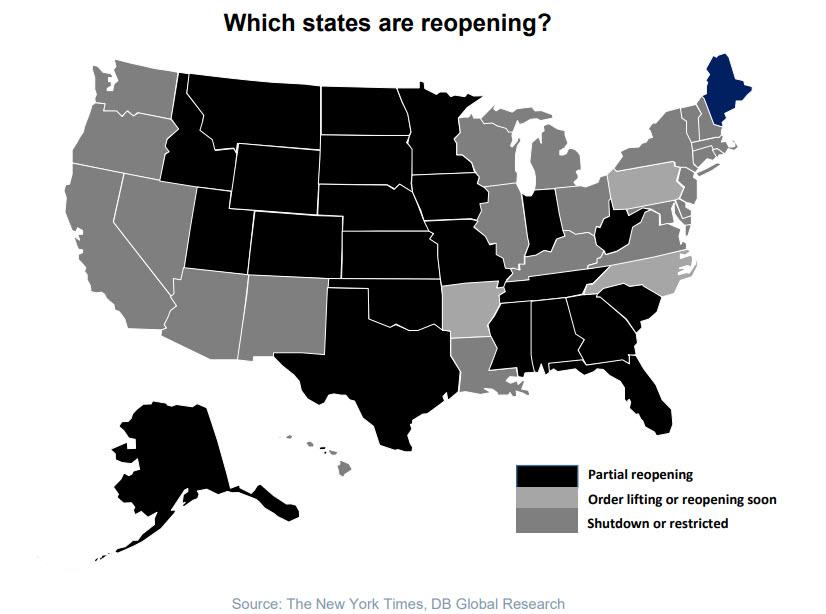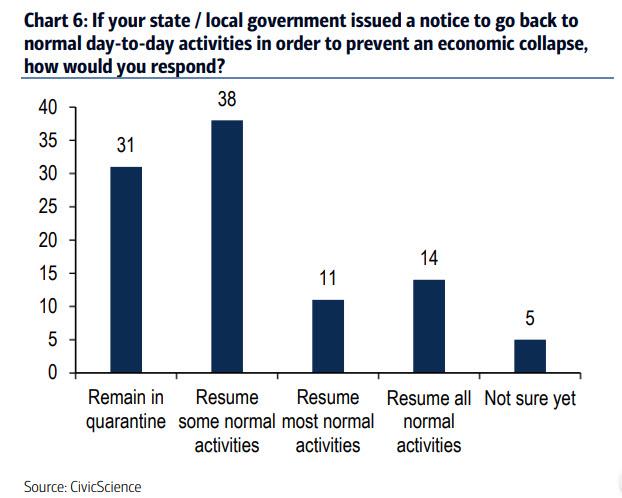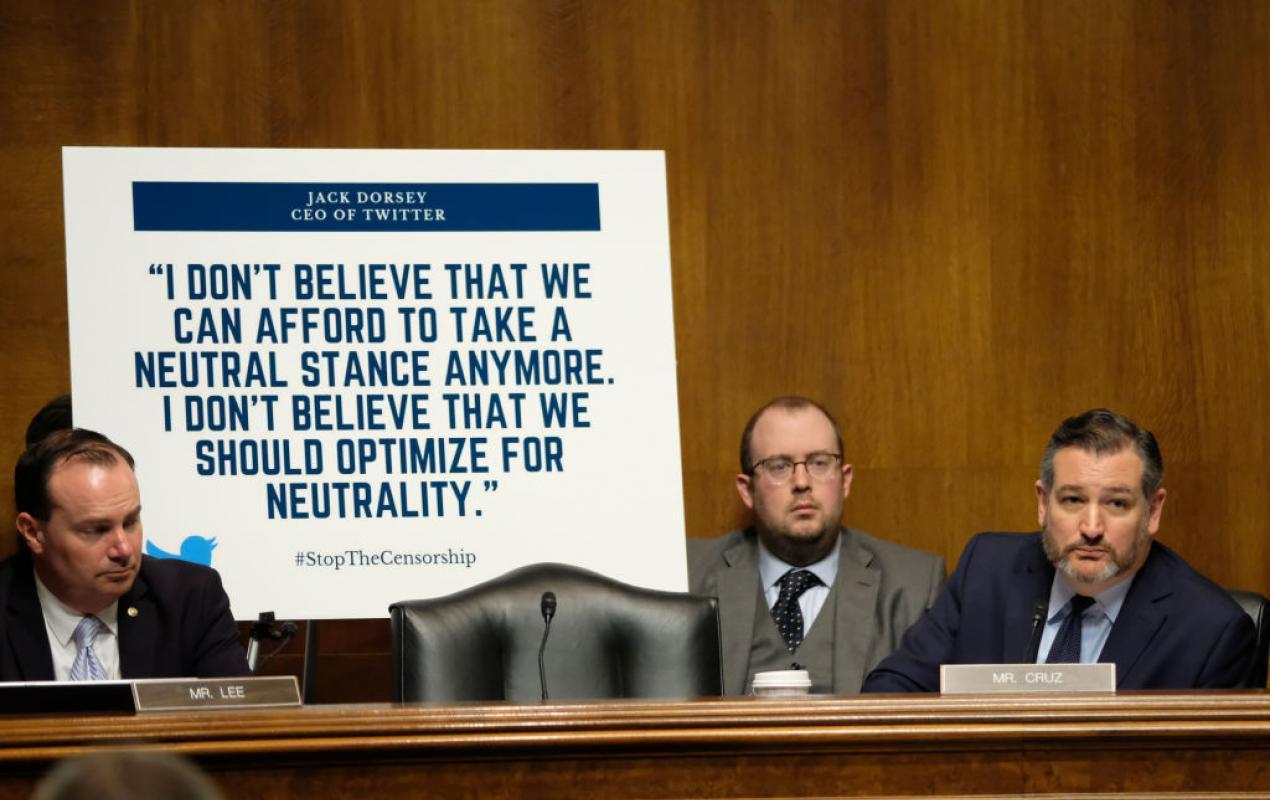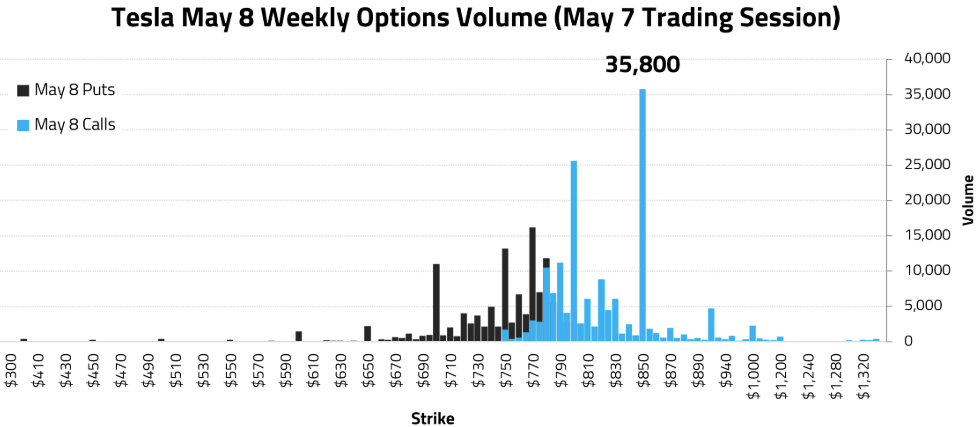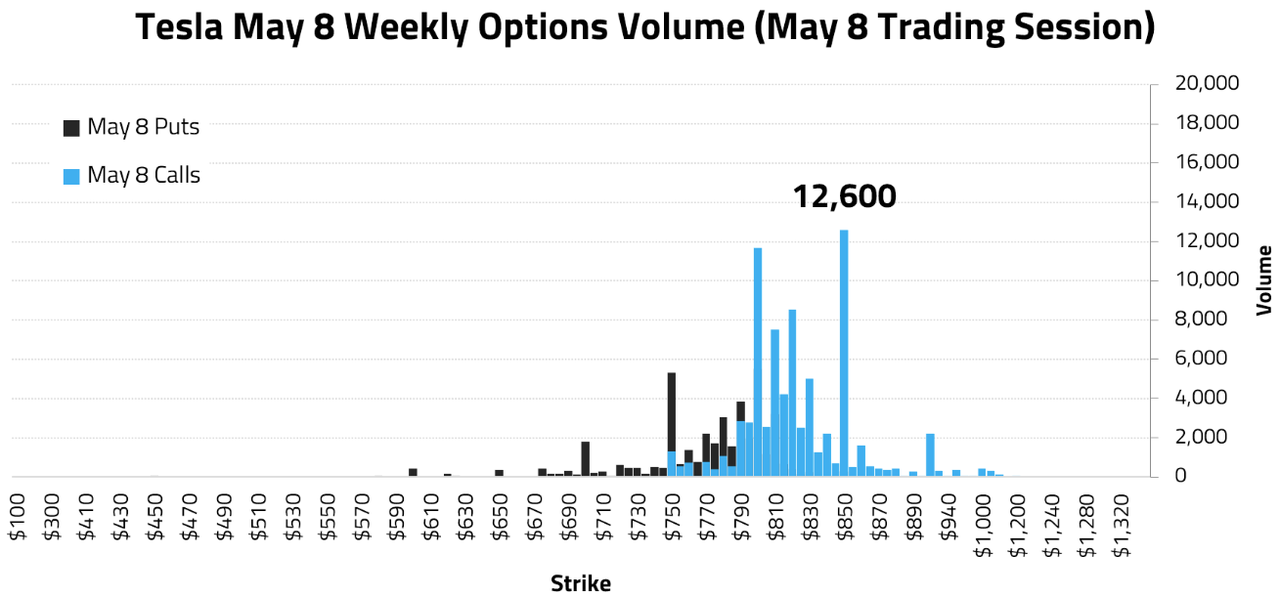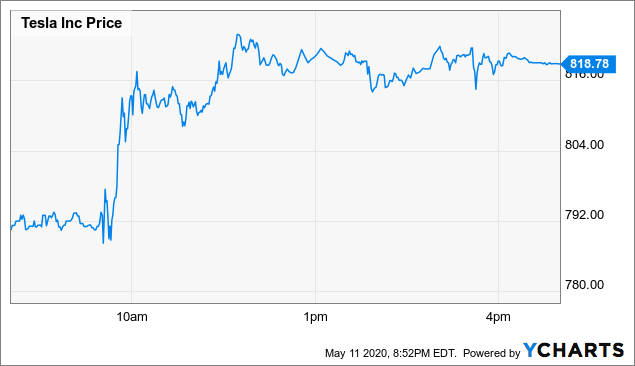Upload opens with what appears to be a timeshare sales pitch for a fancy resort surrounded by a lush forest and beautiful lake. “You did well. You deserve … Lake View (by Horizen),” a voiceover tells the viewer.
The sales pitch isn’t for a typical summer vacation. It’s for virtual heaven, a digital afterlife that serves as the setting for Upload‘s first season. Mixing sci-fi, satire, romance, and mystery, the Amazon Prime show depicts a near future in which we’ve finally developed the technological capacity to upload our full minds into virtual worlds. Heaven is a place on Earth—a server room with carefully controlled temperatures.
In the show’s beginning, it’s just a one-way trip (though attempts to reverse the process are a subplot). Uploading is presented and sold to consumers as an eternal vacation for those near death or simply no longer interested in living, assuming they can afford it.
Upload focuses on both sides of the mortal divide, advancing interesting ideas about the ethics of a manmade afterlife, who has access to it, and who controls it. We meet digital inhabitants as well as living relatives and customer service representatives. The mix of satire, intrigue, and mortality are at turns darkly funny, clever, gimmicky, and warm.
The 10-episode first season is available now for binge-watching and a second season has already been ordered. The show revolves primarily around Nathan Brown (Robbie Amell), a hot up-and-coming programmer who, after a self-driving car crash, uploads to Lake View in a darkly humorous scene that goes to shocking lengths to demonstrate the trip to “paradise” will be one way.
As he settles into “life” at Lake View, Nathan is introduced to his “angel,” Nora Antony (Andy Allo). Nora is actually a customer service representative for Horizen working as a drone in a brick warehouse office, where she spends all day at a computer monitoring and attending to the needs of Nathan and other Horizen clients. They are both young and attractive, and a romantic connection develops in violation of company regulations.
Complicating matters further is Nathan’s somewhat vapid, wealthy, still-very-much alive girlfriend Ingrid (Allegra Edwards), who is bankrolling Nathan’s stay at Lake View and therefore has complete power over his afterlife experience. This is played for both laughs and serves as a central conflict for the entire first season.
The friction between Ingrid and Nathan also speaks to a recurring ethical issue in Upload‘s presentation of a digital afterlife: Who, exactly, are these interpretations of heaven for and who are the actual customers? There are, of course, costs to maintaining a digital afterlife, and Horizen (and other companies and brands with competing services) require ongoing payments. Plenty of gimmicky jokes surround afterlife upselling and micropayments. Even in the afterlife, the hotel room minibar isn’t free, and Taco Bell still wants to try to sell you food. People who uploaded either saved money in advance, or their living loved ones are bearing the financial burdens.
When Nathan inevitably makes Ingrid angry, she makes his experience of digital heaven a little hellish. One of Nathan’s fellow afterlifers is a young boy who is stuck as a child not by his own choice, but because his surviving parents won’t allow him to upgrade into an “adult” avatar.
This is all played for humor and hijinks—one plot revolves around Nathan and Dylan accessing an afterlife “gray market” where Dylan attempts to hack his own avatar to grow up. But nobody finds it creepy, odd, or problematic that it’s Dylan’s parents and not Dylan who gets to decide what age he’ll be…possibly for all eternity. Another ongoing plot revolves around Nora attempting to convince her skeptical father to commit to uploading when he dies. Nora’s mom died before the advent of uploading, and her dad would rather die a conventional death and possibly be reunited with her in conventional heaven (which he believes actually exists) than upload. This prospect of losing both her mom and her dad fills Nora with despair.
Much of Upload is about how unwilling humans might be to accept the finality of death in a world where they don’t have to. But while the living are drawn to the prospect of not dying, the uploaded dead are consigned to wondering whether virtual eternity sticks them in a pattern of existence that, despite its supposed luxury, mimics and pales in comparison to their former lives.
Upload also presents the virtual afterlife through the filters of class resentment and tech skepticism. People who can’t afford Horizen’s top options are relegated to stark, empty basement rooms on pay-as-you-go plans. Protesters in the real world picket with signs that insist that uploading should be treated as a human right. Horizen apparently treats and pays its workers poorly, though there’s little sign that Nora struggles all that much other than having to take mass transit, live in her NYC apartment with a roommate, and work for a terrible sitcom boss (Upload is created by The Office’s Greg Daniels, and that former show’s DNA is visible every time we visit Nora at work). To the extent there is a revolution brewing against this brave new world, it’s being plotted by the neo-Luddite “Luds,” who we likely won’t see much of until the second season.
While feeling vaguely anti-tech and “late-capitalist,” the vibe is more mundane evil than cruel. Lake View, scenes of which were shot in New York’s Shawangunk Mountains, is a complex technological undertaking and thus prone to glitching. Its a boutique vision of “heaven” only if you like the idea of spending eternity in an occasionally pixelated simulacrum of a midcentury Catskills resort. But we also learn that there are other options when Nathan explores where his digital self might reside if things with Ingrid get rocky.
Despite Lake View’s many deficiencies, Upload also asks the viewer to feel sad and angry that many people can’t afford to go there when they die. This is a recurring criticism dished by a certain type of tech critic: that newly introduced technologies—particularly medical technologies—are available first to only the wealthy. While history shows that the rich get new stuff faster, it also tells us that valuable technological developments scale up rapidly and come down in price. We pay the same amounts for computers and televisions as we did two decades ago and yet get so much more value. There are indications in Upload that similar advancements are taking place in the afterlife tech sector, and that people may one day be able to design their own afterlives. I don’t know about you, but I want a heaven designed by Wizards of the Coast, thanks.
Where will Upload take this conflict? The Good Place similarly explored the ethics of the afterlife and what people “deserve” when they die, and viewers concerned about social and economic disparities determining a person’s quality of afterlife likely enjoyed how The Good Place tackled those questions. If Upload‘s later seasons also wallow in class resentment, the show will miss interesting storytelling opportunities. Hopefully, Greg Daniels et al. resist the temptation to give us a bloodless comedy version of Westworld or Altered Carbon and instead focus on how people communicate between the physical life and the virtual afterlife, and whether technological innovation can flatten inequilaity—not by stacking everybody in a bland version of “rich people heaven,” but by giving people the tools to define their own personal heavens.

from Latest – Reason.com https://ift.tt/3fO6I8g
via IFTTT

